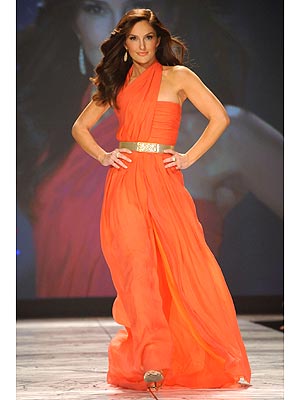LONDON (Reuters) - The yen hovered near three-year lows against the dollar and the euro fell on Tuesday after the G7 nations urged countries to refrain from competitive devaluations and a U.S. official backed Japan's new anti-deflation policies.
The Group of Seven industrialized nations published a statement saying it remained committed to "market-determined" exchange rates, reacting to weeks of concern that Japan's monetary easing policy, which has also weakened its currency, could trigger far-reaching currency wars.
"We reaffirm that our fiscal and monetary policies have been and will remain oriented towards meeting our respective domestic objectives using domestic instruments, and that we will not target exchange rates," the group said.
Japan's Finance Minister Taro Aso welcomed the G7 statement, saying it showed the group recognized Japan's new anti-deflation policy was not aimed at affecting foreign exchange markets.
By 5:30 a.m. ET the yen was close to a three-year low of 94.31 to the dollar. The euro was down 0.2 percent versus the dollar and 0.5 percent lower at 125.90 yen after rising over 2 percent on Monday.
Treasury Undersecretary Lael Brainard said on Monday the United States supported Japanese efforts to end deflation, but also noted the G7 has long been committed to exchange rates determined by market forces.
The euro, the main riser among major currencies over the last few months as confidence in the euro zone has rebounded and the yen has slumped, was back at $1.3405 following the G7 statement.
It had risen briefly earlier after ECB Vice President Vitor Constancio said the bank's employment growth and inflation forecasts next month were likely to be close to the December figures.
The comments doused rate cut hopes, only re-kindled last week by the head of the bank, Mario Draghi, who said it was looking to see whether the euro's recent rise risked pushing inflation below its comfort zone.
SPAIN FOCUS
Having started the day down 0.2 percent, European shares were almost level again by 5:30 a.m. ET as London's FTSE 100 <.ftse> and Paris's CAC-40 <.fchi> recovered, though Frankfurt's DAX <.gdaxi> remained down 0.2 percent.
In the bond market, Spanish and Italian bonds inched up as domestic buyers took advantage of a recent sell-off, but the recovery looked fragile given political uncertainty in both countries.
Spain sold 5.6 billion euros ($7.5 billion) of 6- and 12-month Treasury bills, beating the top end of the target amount, but paid a higher yield on the longer-term paper as a political corruption scandal weighed on shaky confidence.
The ECB's Draghi is due to address Spanish lawmakers later on Tuesday to explain and defend the ECB's current monetary policy strategy against a backdrop of heightened concerns about the strong euro.
Draghi is also expected to meet Prime Minister Mariano Rajoy, but the market does not expect them to discuss whether Madrid might need financial aid, which would trigger the ECB's bond purchase scheme.
Financial markets showed a muted reaction, meanwhile, to the news that North Korea has conducted a nuclear test.
The nuclear test monitoring agency said the blast was double the size of its 2009 test. NATO condemned the move, calling it an "irresponsible act" that posed a grave threat to world peace.
"The test was not something that makes your heart pound as much as a pressing situation between Iran and Israel," said Kaname Gokon, research manager at brokerage Okato Shoji, referring to the threat of possible military action to prevent Iran from developing nuclear weapons.
Brent oil dipped to just under $118 a barrel, copper was flat, while spot gold stayed near a one-month low.
(Editing by Will Waterman)










